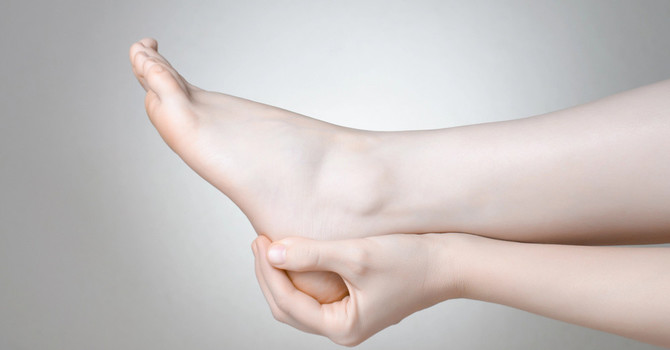
Most of us spend a lot of time at work, and if we’re sitting at a desk (or a makeshift desk) for the vast majority of that time, our bodies are paying a heavy price– especially if our workstation is inefficient.
A healthy workstation has several working parts, and it’s not only about how your setup is designed but also how you manage, hold, and control your body and eyes as you sit.
This article discusses:
● Common symptoms and conditions related to a poorly designed workstation
● How to create a well-functioning workstation
● How to support your body if you work at a desk for extended periods
● Chiropractic solutions to heal workstation-related imbalances
● And more
If you work at a desk, bed, sofa, kitchen table, or anything in between, and you’re on a computer for numerous hours a day, this post will tell you how to create a proper workstation and give you valuable insight into how you can get and keep a safe body while working.
Symptoms & Conditions Caused By Improper Workspace Setup
Your workstation setup is pivotal to your body’s health and function. Everything from poor ergonomics to poor eyesight can hinder your workspace and affect your musculoskeletal system and spine.
Habitual improper motion and posture may be caused by your workstation and lead to numerous symptoms and imbalances.
Symptoms and conditions related to a poorly designed workspace include:
● Low back pain or lumbar pain
● Poor posture
● And others
Whether you rely on your workstation for work or play, it’s imperative that it supports your body accurately. Minor discomforts can worsen over time and even cause chronic conditions.
Tips to Design a Healthy Workstation
So, how do you get a quality workstation setup that optimizes your movements and focus? Below are tips to help keep your body safe while working at a desk.
Correct your chair
Sit in your chair with your hips as far back as possible. The seat height should allow your feet to be flat on the floor (use a stool if needed) with your knees level with your hips (a bit lower is okay, but not too low).
Angle your chair back to around 105 degrees reclined, and ensure the chair offers both upper back and lumbar support that mirrors the spine. Use a small pillow or other padding to get this support if you need to.
If you have armrests, keep them at a height that allows your shoulders to stay relaxed.
Correct your monitor and keyboard position
Your keyboard must be at a level that allows you to keep your hands and wrists straight. It should be set directly in front of your body and far enough away to keep your shoulders relaxed and your elbows bent at around 100 degrees.
If you can tilt your keyboard based on your sitting position, remember that if you sit upright, the keyboard should be tilted away. If you sit reclined, tilt it toward you. Just pay attention to how the tilt is affecting your hands and wrists.
Your monitor and any documents you need to look at consistently should be kept in an area that allows your neck and shoulders to be relaxed whenever you look at them.
The monitor should be centered in front of you and above your keyboard, with the top at about eye level. The screen should be set at an arm’s length or so away from your body.
Glare and eyesight are important considerations when setting up your workstation. If you wear progressive lenses or bifocals, you may need to adjust your monitor (lowering it) so you can read it clearly.
Placing your screen at right angles to windows or using window enclosures such as blinds will help with glare.
Be sure all of the items you need to function at your desk are in close proximity. For example, your mouse and phone must be within arm’s reach. Consider a headset for phone use to simplify your movements and body positions.
Ways to Keep Your Body Safe While Working at a Desk
Now that your workstation is properly set up ensure you’re caring for your body throughout the day.
Ways to keep your body healthy when you sit at a desk for extended periods include:
● Get up and walk around for a few minutes every 30 minutes
● Drink plenty of water and have it at your desk readily available
● Stretch your body several times throughout the day: neck and shoulder rolls, toe touches, standing cat-cows, sun salutations, etc.
● Get away from the desk during lunch breaks
● Give your eyes 20-second breaks every hour or half-hour: focus them away from the monitor or put your hands over them
● Always maintain correct posture with a long spine and neck
Visit Our Anchorage Chiropractic Clinic and End Pain
Sedentary behavior can impact the body just as much (maybe even more) than rigorous activity. Our Anchorage chiropractor is prepared to help your body heal and give you the tools to keep it strong and safe through long hours at a desk.
Common chiropractic services to find and relieve body imbalances and pain include:
● Selective Functional Movement Assessment
● Rehabilitation and active care
● Instrument Assisted Soft Tissue Mobilization
● And others
We know you want to focus and be productive and comfortable while at work; let’s get you there—book with us today.



